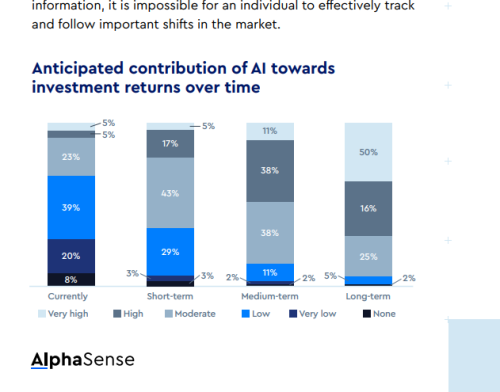Sponsored content
As we enter November, investors in the consumer sector have their eyes firmly focused on the upcoming holiday season. Given the robust performance of the US consumer this year, most are predicting healthy returns for the nation’s retailers. But optimism is being tempered by a few factors, such as the ongoing trade talks with China and weaker-than-expected consumer spending growth in September.
The latest jobs report, which saw unemployment in the US fall to 3.5 percent, the lowest level since 1969, helped to calm fears about the US consumer, says Josh Elman, senior consumer and retail analyst with Nasdaq IR Intelligence in New York. ‘Ultimately, a lot of consumer spending stems from a healthy employment situation,’ he says. ‘So if there are more people in the workforce, more people have money in their accounts. It all translates into a healthy consumer-oriented environment.’
Consumer spending jitters
One of the signals to worry investors was the consumer spending data for September. After seven months of growth, US retail sales fell 0.3 percent, with households cutting back on cars, building materials and online purchases.
While the report caused a lot of noise, a few one-off situations may have led to the decline in spending, says Elman. ‘To give perspective, there were a lot of geopolitical risk headlines around that time. And then you also had a large hurricane, and there was a lot of concern about where and when it was going to hit.
‘Given how much the consumer has held up the retail sector in terms of overall spending, a small degradation in retail sales isn’t necessarily something to be too concerned about. But it’s something to keep in the back of our heads as we look toward the holiday season.’
Another potential issue for retail companies is the ongoing trade talks between the US and China. Again, Elman’s message is to watch developments closely, but not to panic. While the situation remains far from resolved, the ‘phase one’ deal reached between the US and China, plus the delay to the latest round of tariffs, are all positive signals.
‘There was quite a bit of concern among consumer companies as to how the tariffs were going to impact the holiday season,’ Elman observes. ‘But with some easing of the tensions around the trade talks, the landscape for the holiday season looks to be okay – although we have another tranche of tariffs being put on in the middle of December, as it stands right now.
‘In terms of inventory levels, a lot of companies are importing materials and goods ahead of those tariffs. The stores will be fully stocked and I don’t think some of the higher prices that were bandied about will really be seen by US consumers, at least in this holiday season.’
In the short term, the market is eagerly awaiting the next interest rate decision from the Federal Open Market Committee, which meets on October 29-30. Recent weakness in economic growth, particularly around manufacturing, means many commentators are predicting a cut in rates.
‘The Fed has made many comments stating that it’s going to do whatever it can to keep the U.S. economic engine going forward and steady, so the market fully expects a rate cut next week when the Fed meets,’ says Elman.
‘Some of the more recent economic reports we’ve seen have showed that the manufacturing sector is at least stabilizing. But we’d love to see business confidence improve a little bit and U.S. businesses start to invest more in capital expenditures, given that things have stabilized based on some of the more recent economic data.’
Holiday outlook
Looking to the holiday season, Elman says there are a few further factors causing concern. ‘We’ve had an uptick in the savings rate, so consumers are definitely saving more money, and that could be a potential issue for around the holiday season,’ he says. ‘And then if you look at the holiday calendar, it’s actually the shortest window between Thanksgiving and Christmas for consumers to go out and shop for gifts.’ He adds that it’s still not clear what the ‘hot’ items will be that will drive a lot of sales.
But some of those trends are offset by others. For example, the holiday season is becoming longer: shoppers are starting to buy earlier in the year, taking the pressure off the traditional shopping window.
‘Companies are starting to realize that if they offer deals ahead of Thanksgiving, consumers are willing to go out and do their holiday purchases [earlier], especially online,’ says Elman. He highlights other positive factors such as low gas prices, a lack of geopolitical issues grabbing the headlines, a robust employment market and consumer confidence in wage growth.
‘So consumers are feeling very good about their overall situation when it comes to the holiday season,’ Elman continues. ‘And that’s why you’re getting the National Retail Federation coming out with a forecast of 3.8 percent to 4.2 percent growth when it comes to the overall holiday season.’
How should retail companies approach investor communications at this time? While acknowledging the broad range of retail companies, which face many different issues depending on their individual sub-sector, Elman suggests companies keep on top of two topics in particular: the US-China trade talks and retail confidence.
‘Investors are really focused on how companies are going to navigate the trade talks, especially around the mid-December tariffs that will go into place, as of right now,’ he explains. ‘Investors are also interested in why companies are less optimistic, or even pessimistic, while the overall US consumer seems fairly confident. Is there going to be a spillover situation into US consumer spending?’










